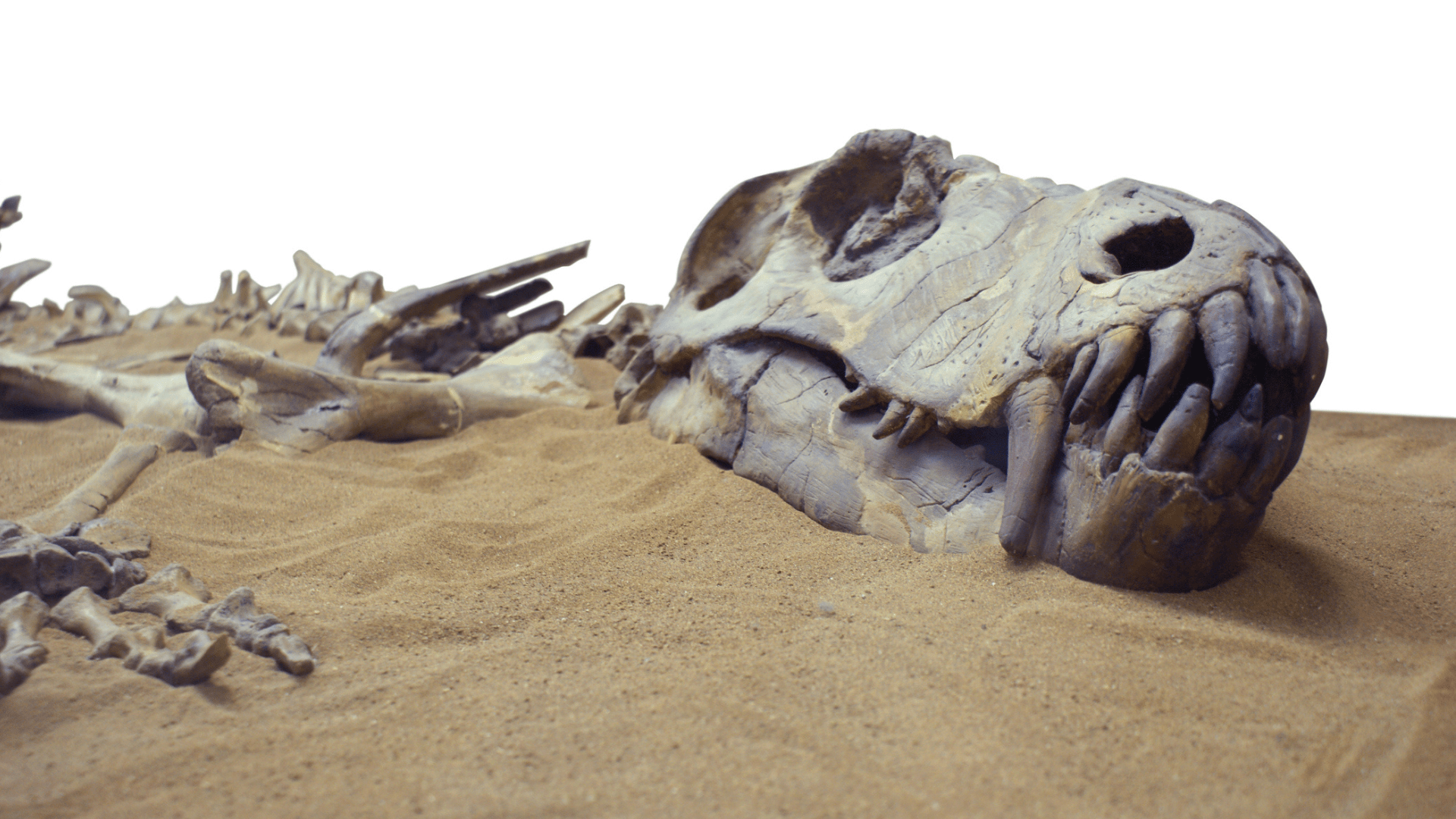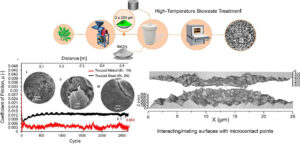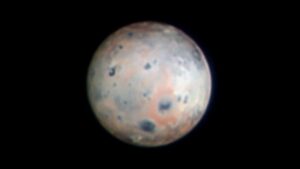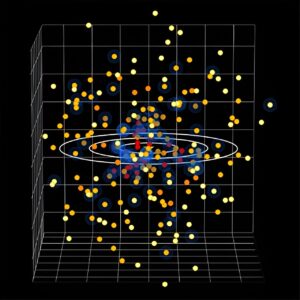Heavy rains in the southern state of Rio Grande do Sul, Brazil, have brought to the surface an amazing discovery that has been hidden for millions of years.
A team led by paleontologist Rodrigo Tempe Muller of the Federal University of Santa Maria came across an almost complete fossilized dinosaur skeleton.
Associated Press (AP) reported that the specimen is believed to be one of the world’s oldest dinosaurs, dating back 233 million years. The remains were recovered from near a reservoir in the Brazilian municipality of São João da Polezine in the state.
Mueller said AP that the research team was “surprised” to find the bones. However, the findings have not yet been peer-reviewed or published in a journal.
The creature lived during the Triassic period, which lasted from 252 million to 201 million years ago. This was the time when all the continents were united into a supercontinent known as Pangea.
Carnivorous dinosaur
In just four days, the team meticulously excavated the site, carefully removing a block of rock containing the entire skeleton. This block was then transported to the laboratory for further analysis.
Based on the fossil record, the dinosaur was probably about 2.5 meters (8.2 ft) long.
“At first it looked like just a few isolated bones, but when we uncovered the material we were able to see that we had an almost complete skeleton,” Muller said AP.
Brazilian researchers believe it belongs to the Herrerasauridae family, which includes early apex theropod carnivores that lived during the Triassic period.
The fossilized remains are reported to be remarkably well preserved and potentially the second most complete Herrerasauridae skeleton ever found.
Herrerasauridae is one of the earliest dinosaur families ever identified, which dominated parts of present-day Brazil and Argentina. They were the top predators in their ecosystem and disappeared towards the end of this period.
This is not the first time Mueller’s team has made exciting dinosaur finds in this region. Back in 2019, they announced the discovery of another carnivorous dinosaur from the Triassic period.
The exceptionally well-preserved remains were found near Santa Maria, Rio Grande do Sul. In particular, this 2019 discovery, called Gnathoverax cabreiraialso belonged to the Herrerasauridae family and lived around the same time as the newly discovered specimen, approximately 233 million years ago.
The specimen may help bridge the evolutionary gap between these early Triassic carnivores and later, well-known theropods such as Tyrannosaurus rex. G. cabreirai and the new specimen existed tens of millions of years before these giants.
Fossils exposed to rain
The Triassic period played a crucial role in setting the stage for dinosaur dominance in the Jurassic and beyond. It was a period of recovery after a massive extinction event, accompanied by the emergence of new and diverse life forms.
Over the next few months, the team will conduct a thorough analysis to determine whether the fossil represents a completely new species or belongs to an already identified one.
According to AP, sometimes rain can help uncover fossils as it washes away layers of sediment that have buried these remains for millions of years. This process, known as weathering, helps bring fossils closer to the surface, making them more likely to be found. However, it can also damage or destroy them if they are not restored quickly.
During their excavation, the team found several bones, including a leg bone and a pelvic bone, which had already been eroded by the recent heavy rainfall.
Unfortunately, the Rio Grande do Sul witnessed severe flooding this year in May, with a reported death toll of at least 182.
FOR THE EDITOR
Mrigakshi Dixit Mrigakshi is a science journalist who enjoys writing about space exploration, biology and technological innovation. Her work has been featured in well-known publications including Nature India, Supercluster, The Weather Channel and Astronomy magazine. If you have any suggestions in mind, please feel free to shoot her an email.



